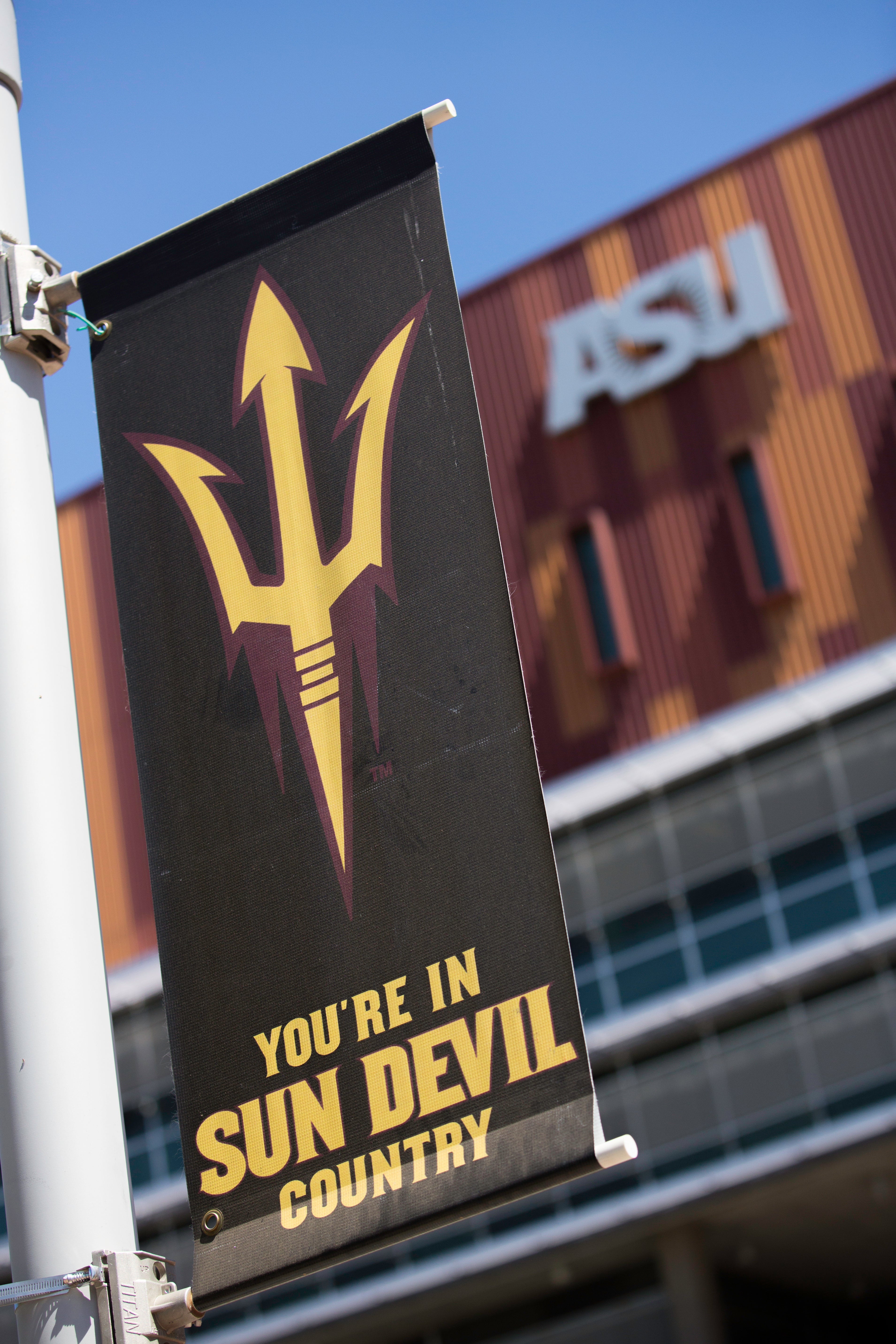
This project had multiple facets. The project manager, Chris Tyler, managed the implementation of the facilities, the telephony tool selection, developing staffing model and hiring. The technology deployment, i.e, the integration with the telephony and chat, the user web experience, the tool implementation, and the knowledge base implementations were handled by the groups that managed the technology used to deliver that functionality. The main challenges in this project were: (1) Implementing 2 toolsets to provide the same functionality but for different groups. (2) Understanding exactly what services the outsourced helpdesk provider managed for ASU (3) Ensuring that the idea of quality service was thought of in every aspect of the design and implementation of the helpdesk.
(1) Using the ITSM tools and framework to capture IT related questions and issues, the UTO was able to further its initiative to implement ITSM. This allows the UTO and ASU to do better analysis on the services it is providing. (2) Using Salesforce to capture student questions, ASU is able to share a common platform between the Helpdesk and functional units. At the lowest level, it easily allows routing of issues between the helpdesk and business units for faster resolution. At a more strategic level, it provides visibility into a student's interaction with ASU as a whole. In addition, it allows ASU to better understand the support requirements its offices are being asked to provide. (3) By implementing surveys on phone calls, Salesforce cases, and ITSM requests and incidents, the University is now able to capture a measure of the quality of service being provided, and is being held more accountable to its constituents.
UTO Helpdesk
UTO ITSM team
UTO Salesforce team
Student Centric Initiatives
UTO Care
Financial Aid
Human Resources
Some conclusions from this project have provided a way to allow Tier 1 questions for business areas not serviced by the Helpdesk to be captured and routed efficiently. Addtionally, it has given visability into the needs, wants and expectations students have when it comes to services at the univeristy.
